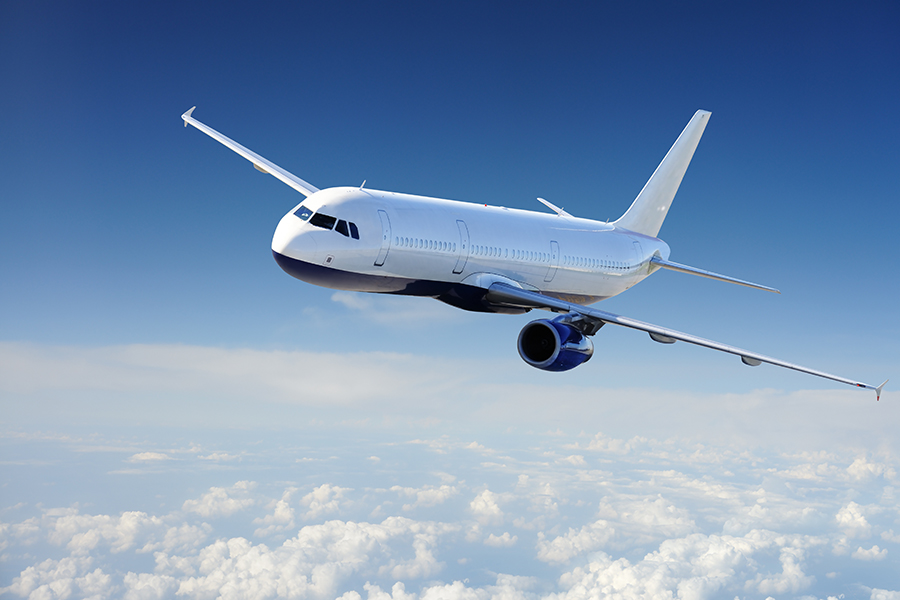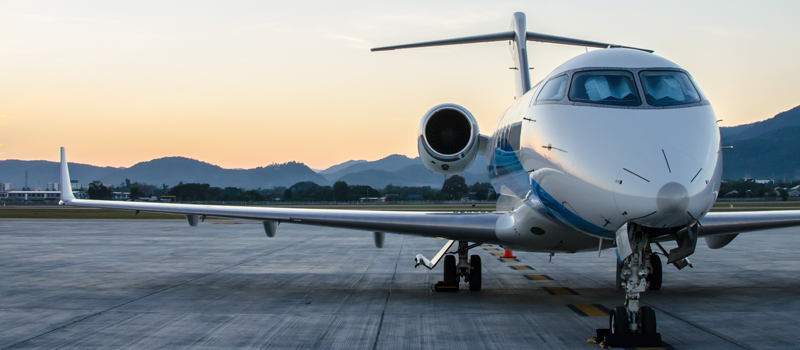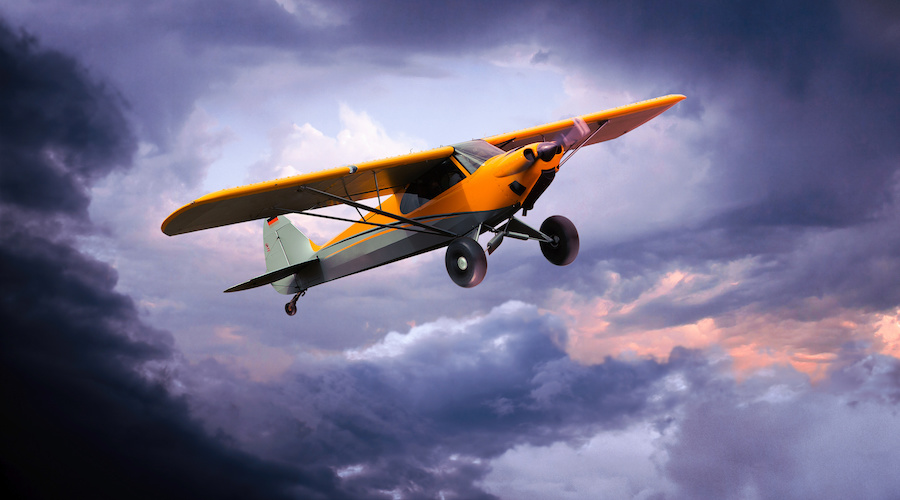-
How to Get Started – Take an Introductory or Discovery Flight
-
Which Flying School and Instructor?
-
Preparing for Your Lessons
-
What Happens During your Lessons?
-
How Often Should You Have Lessons?
-
What Else do You Need to do?
-
How Long Will the PPL Course Take?
-
How Difficult is it....and a Personal Account
-
And Finally...
So you have decided to train to be a private pilot, with a view to getting a Private Pilot’s License or PPL. If you don’t know much about it, you probably already have a lot of questions about the lessons. How do you get started? What are the lessons like? Will there be a lot of written work involved? How often should you have lessons? Does it matter where you go to learn to fly?
We will now take a look at all these aspects of private pilot’s lessons, and a few others.
How to Get Started – Take an Introductory or Discovery Flight
If you’ve never done any flying before, the best way to find out whether you’re going to like it or not is to take an introductory or discovery flight. These are offered by most flying schools, and are what the name says – an introduction to flying for the complete beginner. They are often either half an hour or an hour’s flying, and if you are thinking of doing the full PPL course, you would be better to take the full hour’s flight. This will give you a chance to have a thorough go on the controls, and maybe even attempt a take-off or landing, although this will depend on the school or instructor.
You don’t need to do anything before your introductory flight, but you will get more out of it if you read up a bit about flying in advance. This will also give you the opportunity to think of questions which you might want to ask the instructor.
The flight itself will probably start with a short briefing, when you will be told about the aircraft controls and how they work. Then you will go flying, and at some point the instructor will ask you if you want to have a go yourself. When you do, simply try to do as the instructor asks. Don’t worry; it’s not a test, and the instructor won’t be judging you. So if you find it difficult, that’s fine. There will be plenty of time for you to learn later on.
After your flight is over, you may want to instantly book some more lessons. That’s fine, but you might want to think about a few things first. Read on for some advice….
Which Flying School and Instructor?
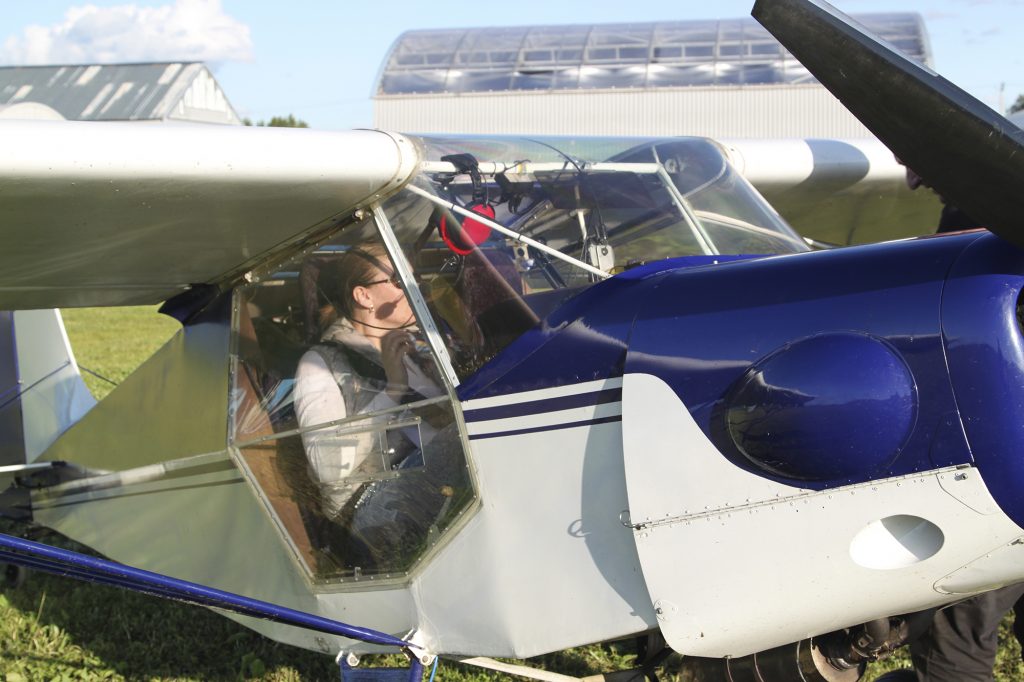
Many prospective pilots have an introductory flight, and then simply book more lessons with the same instructor and same school. This is OK, but you might want to shop around a bit first. After all, you are about to spend a great deal of time and money, and you want to get the most out of it that you can. You wouldn’t buy a new car, house, or even a new suit or dress, without a little thought and a few comparisons, would you? So it could be a good idea to do the same thing when buying private pilot’s lessons.
Firstly, make sure the school isn’t too far from your home, unless you are planning on staying away and doing a residential flying course. Flying lessons are tiring, at least in the beginning, and you don’t want to drive for several hours and be exhausted before you start; you won’t get much out of your lessons if you do that.
You also need to make sure that you get on well with your instructor. This probably won’t be an issue, but it could be, and a personality clash in a small cockpit when you’re learning a new skill is not a good idea. So if you liked the instructor and flying school where you had your introductory flight, by all means book more lessons with them. But if you aren’t sure, shop around a little. Perhaps take another discovery flight at a different place. If you can, talk to some students and/or private pilots, and find out what school and instructor they recommend.
Of course, prices vary at different schools, and many people choose a school purely based on the lower cost. This is often not a good idea. In flying, as in most things, you get what you pay for. A lower price school may be good, but just might have lower overheads for some reason. But it may be cutting corners, and if so, this is not somewhere you want to learn to fly.
So think carefully before you decide where to learn to fly. But don’t worry; if you really make a mistake and don’t like the school or instructor for some reason, you can always change part way through the course. You wouldn’t be the first! But of course, it’s preferable if you don’t have to do that.
Preparing for Your Lessons
So now you’ve decided where you want to do your private pilot’s lessons, and hopefully booked some. You can of course turn up for every lesson without having done anything in advance. But you will get more out of the lesson, and perhaps even save some time and money, if you do some preparation in advance.
So find out what the next lesson will cover, and read up about it in advance, if you can. You might also be able to practice it on a simulator, and this certainly wouldn’t do any harm. The more preparation you can do in between lessons, the better.
What Happens During your Lessons?
Generally, the lessons for the Private Pilot’s License will follow a fairly fixed pattern. You will start off learning the basic flying skills – flying straight and level, climbing, descending, turning, taking off, and landing. Your instructor will take you through each of these maneuvers, and then let you practice it yourself. This will take up several lessons, although the actual number will vary greatly. Don’t worry if you seem to take longer than some other students; in fact, it is not a good idea to compare yourself with others at all. People vary as to how long they take to learn new skills, and the amount of time it takes has very little to do with how good a pilot you will be in the end.
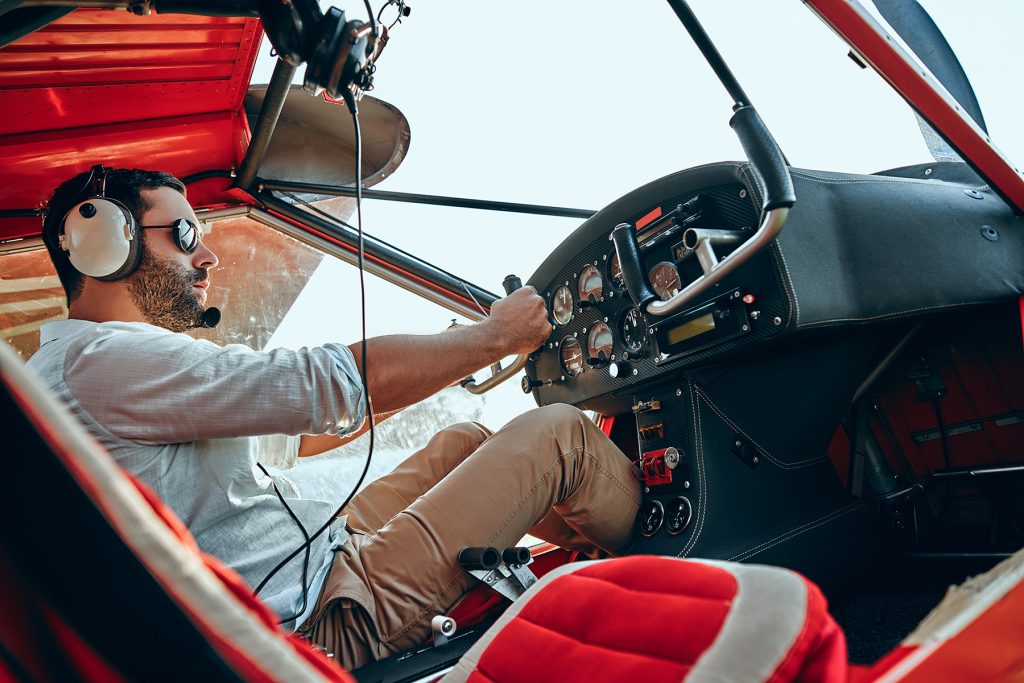
After you have learned to do all the basic flying skills competently, you will probably ‘go solo’. The ‘first solo’ is a highlight of most pilots’ careers, and one you will remember for many years. It will be the first time you have piloted an aircraft yourself, although it may not be for very long. Hopefully you will really enjoy it.
However, unlike with learning to drive a car, this is far from being the end of your flying training. You will now need to learn navigation, and radio use, and more advanced flying maneuvers such as stalling and slow flying, and different types of takeoffs and landings. You may have done some of these before going solo, as the exact order of things varies depending on what your instructor thinks is appropriate, and also such factors as suitable weather.
During the rest of the course, you will intersperse advanced flying maneuvers with more solo consolidation flying. Eventually you will have completed the whole course, and your instructor will tell you that your are ready for your final test. You will need to have done at least 40 hours of flying altogether, including at least 20 hours of training and 10 hours of solo time. However, most people take longer than this, often substantially longer. The average is said to be about 60 – 70 hours, and hours into three figures are far from unknown. It took me about 90 hours, and you can read about this later in this article….
How Often Should You Have Lessons?
The frequency of your lessons is entirely your choice. It will depend on how much time you have, how much money you can spend, plus other activities in your life.
Generally the more frequently you have lessons, the quicker you will learn. If you only have lessons once a week or less often, you will tend to forget things in between lessons, and will need to spend time going over things and re-learning them – the ‘three steps forward, two steps back’ phenomenon. Lessons two or three times a week are better, if you can manage it. But of course, other factors come into play, such as the weather. So don’t worry too much if you find you have unavoidable gaps between lessons.
Another way of looking at this is to ask yourself why there is any rush. What will you do when you have your PPL? Answer: Go flying. What are you doing now, in your lessons? Answer: Flying. So does it really matter much how often you have flying lessons? Perhaps not.
What Else do You Need to do?
There are other things you will need to do apart from the flying lessons in order to get your PPL. Theoretical knowledge courses and exams, known colloquially as ‘ground school’, will take up quite a lot of your time and money. You need to learn about the principles of flight, meteorology, navigation theory, and many other subjects associated with aviation.
In theory you can study for these alone, but in practice this is very difficult. By far the majority of students either take lessons from a ground school instructor, or do a reputable online ground school course. The latter works out significantly cheaper, and can be just as effective.
You can do the ground school before you start your flying lessons, at the same time, or afterwards. There are advantages and disadvantages to all of these, so it is really your choice.
You will also need to pass a third class medical examination. This is not difficult, and most healthy people pass it easily. But just in case you have some unknown health problem, it is better to take this examination before you start your flying lessons.
How Long Will the PPL Course Take?
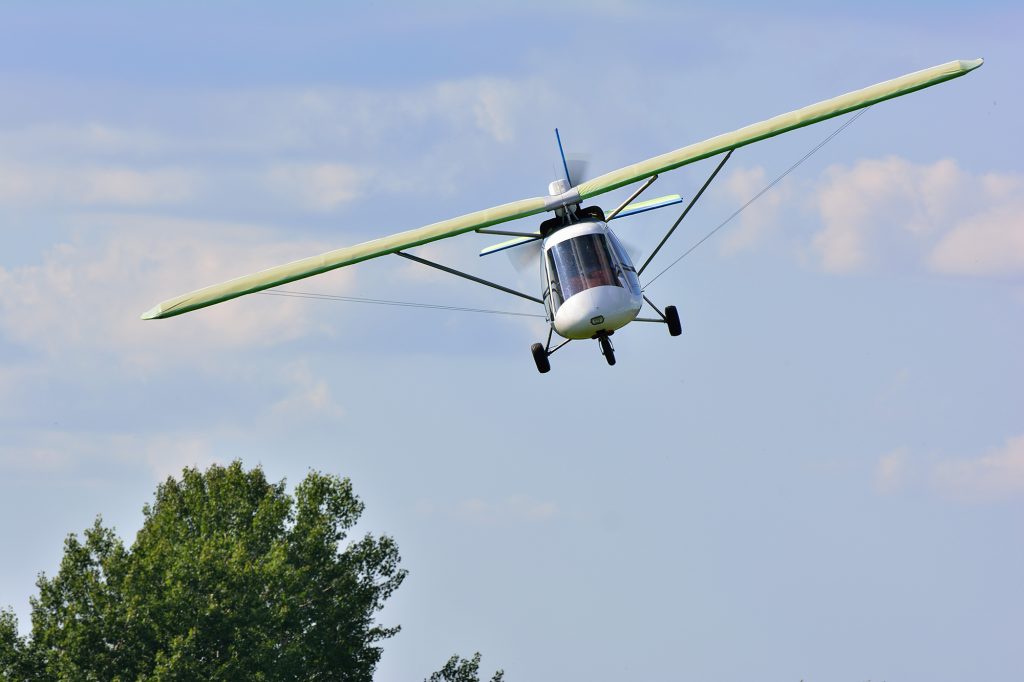
This is a ‘How long is a pieces of string’ type question. As stated above, you need to do a minimum of 40 flying hours, although most people take much longer. You might do that much flying over a period of a few weeks, or a year or more, or anything in between.
So the PPL course is likely to take you a few months at least, although you can do it much faster if you want to. It is pretty much your choice.
How Difficult is it….and a Personal Account
Some people find it quite easy to learn to fly, although these people are actually in the minority. Many students find some part of the course difficult, whether it’s the actual flying lessons, or navigation, or talking on the radio, or the ground school. Most of us find we stick at some point, and have to be very determined to carry on.
However, some people find it difficult for other reasons, perhaps because they picked the wrong instructor, or because flying is simply something they were always going to find hard. If this turns out to be the case for you, don’t worry. You can still get your Private Pilot’s License, and even carry on much further in aviation if you want to. I was one of those students who really struggled in the early days, and I not only got my PPL, but also a Commercial Flying License and instructor qualification, and I earned my living as a flying instructor for many years. You don’t believe it? Here is an account of my early flying lessons which I wrote some time afterwards….
“I didn’t find flying easy in the beginning; in fact, I found it extraordinarily difficult. I think some people thought that I was a hopeless case from the beginning, one of those few people who simply shouldn’t have tried to learn to fly! In my worst moments, I wondered myself if that were the case. But I’ve realized over the years that most of my problems early on were due to….let’s say ‘inadequate’ instruction. And I’d like new students to be able to learn from my experiences if at all possible.
I found myself flying with a fairly new instructor…let’s call him Joe. Joe was the sort of instructor who unfortunately exists everywhere. He didn’t like instructing, and I don’t think that he liked people very much. But he wanted to be an airline pilot, and this was the only way he could afford to hour build. But I didn’t know all of this then of course. So I flew with him, and we got on more or less OK. That is, until I came to try to learn to land.
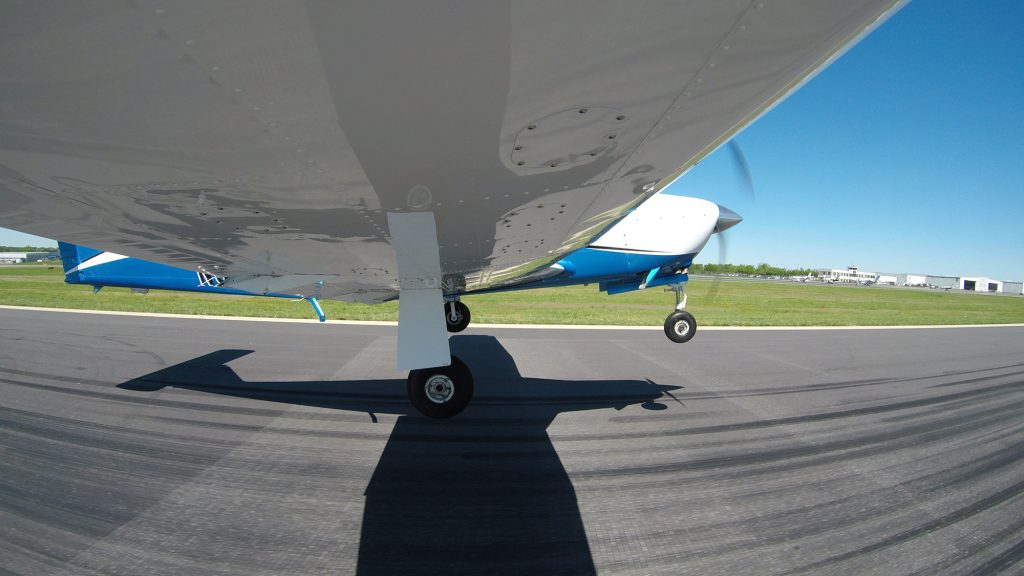
Landing is difficult for new students. It’s especially hard at an airfield between hills with almost constant turbulence on final; and with one short, narrow runway. But I didn’t know all that either. What I did know was that from the start, I struggled. But, unlike most people, I didn’t really get any better at landing over time. The basic problem, I now know, was that I’ve never had very good depth and distance perception. Had either I or Joe understood that this was what was holding me up, it could probably have been overcome quite easily. But we didn’t. I had a lot of determination, and I thought that practice made perfect, in this as in most other things I’d tried. So I just kept going, practicing the same things over and over again in the hope they’d eventually get better..
Then came the incident that turned a difficult situation into a complete nightmare. We were flying as usual, and I was actually getting a bit better. I was on short final, I had my speed nailed and everything set up, and I was quite sure it was all going to be OK. In fact, for a fleeting moment I even wondered if I might go solo that day. Then suddenly, a gust of wind caught the aircraft, as happened so often on final at that airfield. I lost control of the aircraft, Joe yelled at me to go-around, and I, in confusion, pushed in the carburetor heat first rather than applying full throttle. We were very near the ground, and I think Joe panicked or lost his temper. He grabbed the controls in obvious fury, put on full power, got us out of the mess, then handed back control to me at low level, all without a word.
What he didn’t realize was the effect this all had on me. I was very shaken about what had happened. In fact I was quite devastated. What had gone wrong? I knew I’d been doing things right; so why had I messed up the landing, yet again. I was close to tears, and I really needed to talk about it while Joe flew, to get some reassurance before I had to try it all again. But although I tried to speak, I got no explanation from Joe. And he insisted that I carry on flying.
That incident affected me for weeks afterward. I gritted my teeth and carried on with the course, but I was so stressed at the mere idea of flying that I could hardly drive to the flying school, let alone handle an aircraft competently. Yet somehow, it never occurred to me that it was anyone else’s fault, so I never asked the school if I could change instructor. Eventually, the school realized at least something of what was going on and found me another instructor. Richard was also an hour builder, but oh, so different! He was quieter and more mature. He believed in doing everything to the best of his ability, and that included instructing; and he expected the same attitude from me. He seemed quite sure that I could learn to fly. In fact, I don’t think the word ‘can’t’ was in his vocabulary. He calmed me down, taught me carefully, and eventually he sent me solo, after….48 hours.
Eventually I got my PPL(A). But it took me 90 hours, which was longer than most people, though it didn’t really break any records; hours into three figures are not unheard of. And in the end I got my confidence back, though that took longer. Later on, after I realized what had actually been happening, and I could learn from it.”
So this is a good example of what not to do! Should you find yourself in a similar situation – and it is not all that uncommon – talk to someone, try a different instructor, and if necessary go to a different flying school. Don’t put up with bad teaching if you are struggling.
And Finally…
At last, after a great deal of time, money, and effort, you will have your Private Pilot’s License. Now you can fly when you want, go where you want, and take up passengers. A whole new world has just opened up for you.
However, this is not the end of your learning. You may decide to take further flying lessons – night flying, instrument flying, a new aircraft type, or even a commercial flying license. And even if you just stick with your basic PPL, there will still be a lot more for you to learn. In fact, a PPL is often described as ‘ a license to learn’.
So enjoy your flying, and keep on learning….
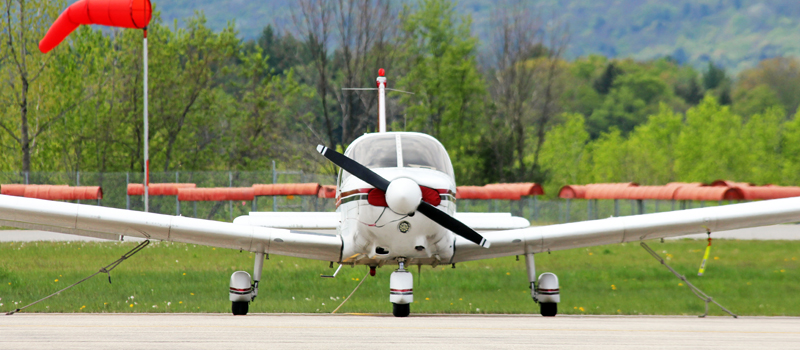
 @pilotinstituteairplanes
@pilotinstituteairplanes
